When you think of a Mediterranean garden, images of sun-kissed stone paths, fragrant herbs swaying in the breeze, and cozy outdoor spaces bathed in golden light often come to mind. Inspired by the timeless landscapes of Southern Europe—from Italy’s rustic countryside to Greece’s charming coastal patios—Mediterranean garden ideas offer a perfect blend of beauty, function, and climate-smart design. Whether you’re working with a sprawling backyard or a small urban balcony, this classic style invites a sense of serenity and warmth that turns any space into a personal retreat.
Mediterranean garden design isn’t just about visual appeal; it’s about embracing a lifestyle rooted in simplicity, sustainability, and natural elegance. In this guide, we’ll explore 25+ practical and inspiring ideas to help you bring the magic of the Mediterranean to your own garden—starting with the essential elements that define the style.
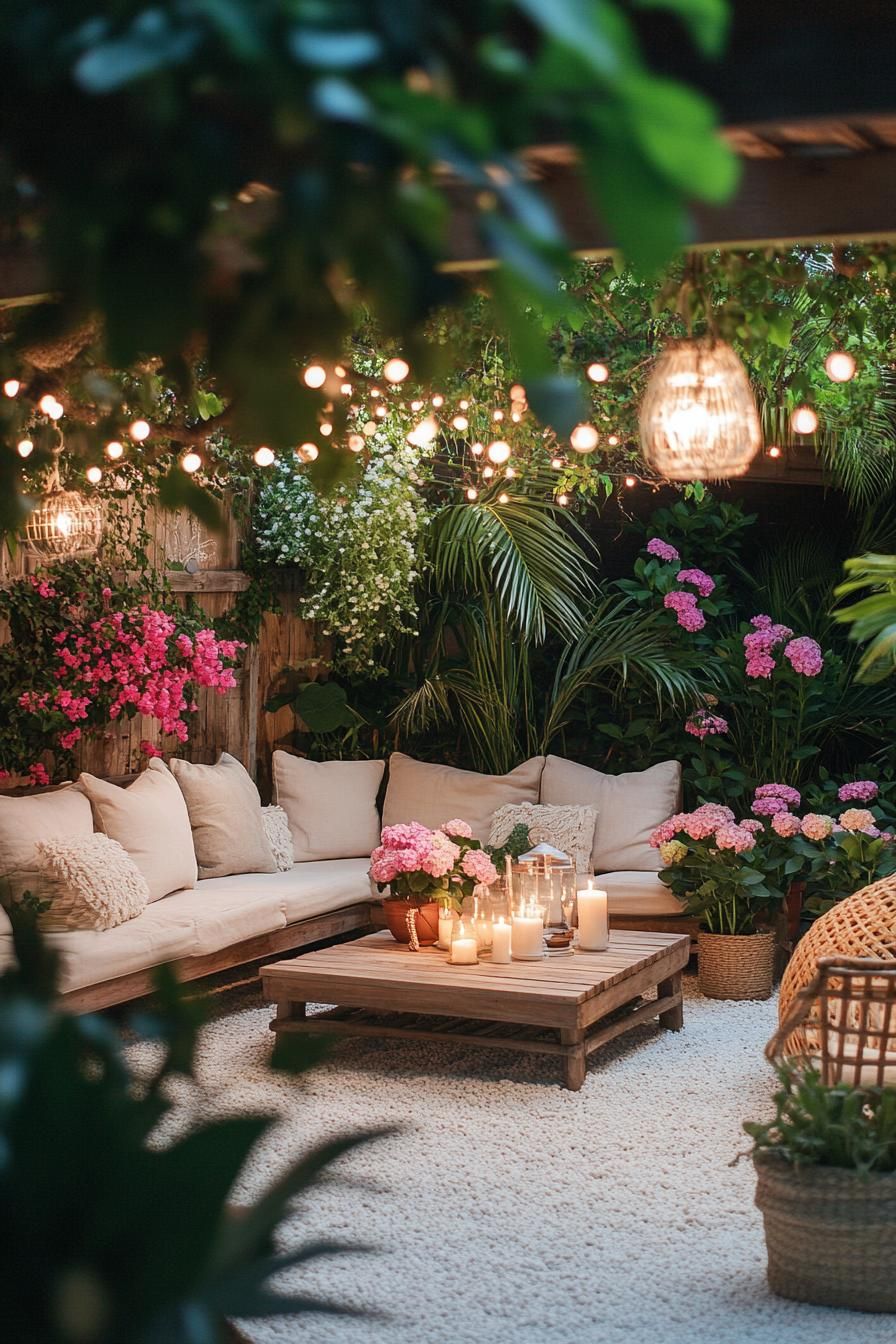
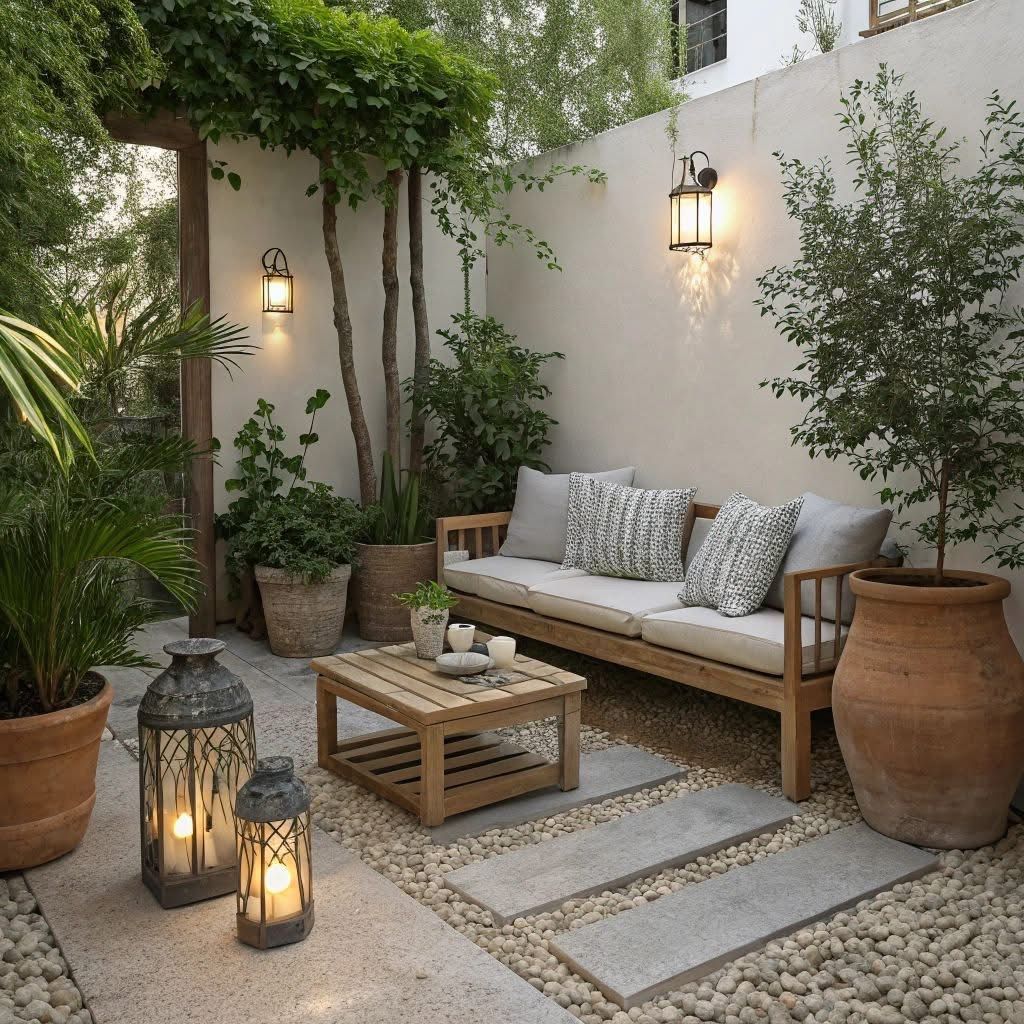
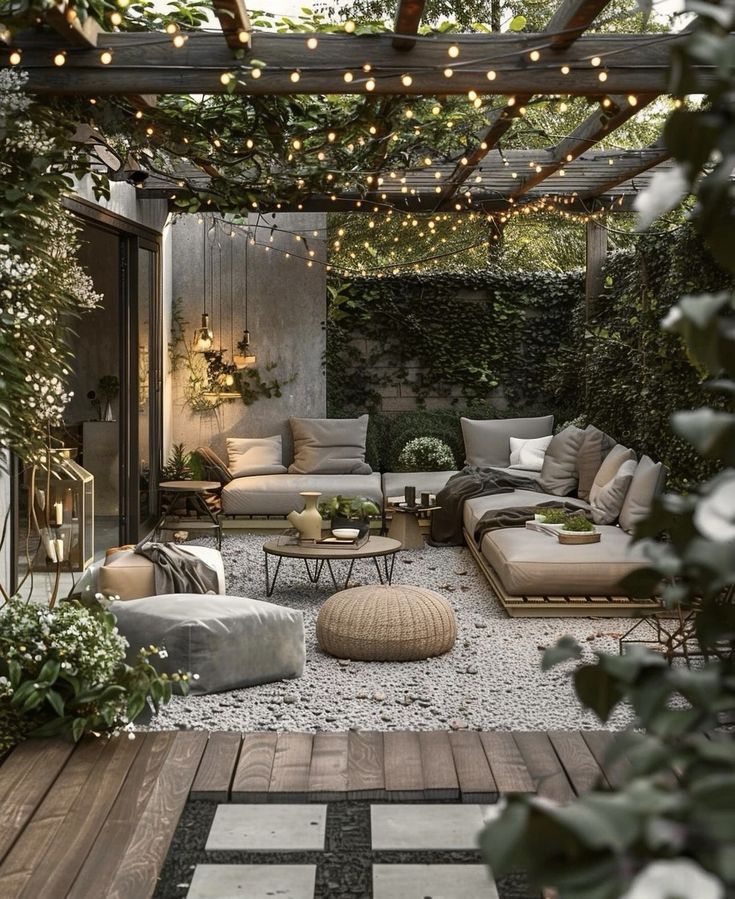



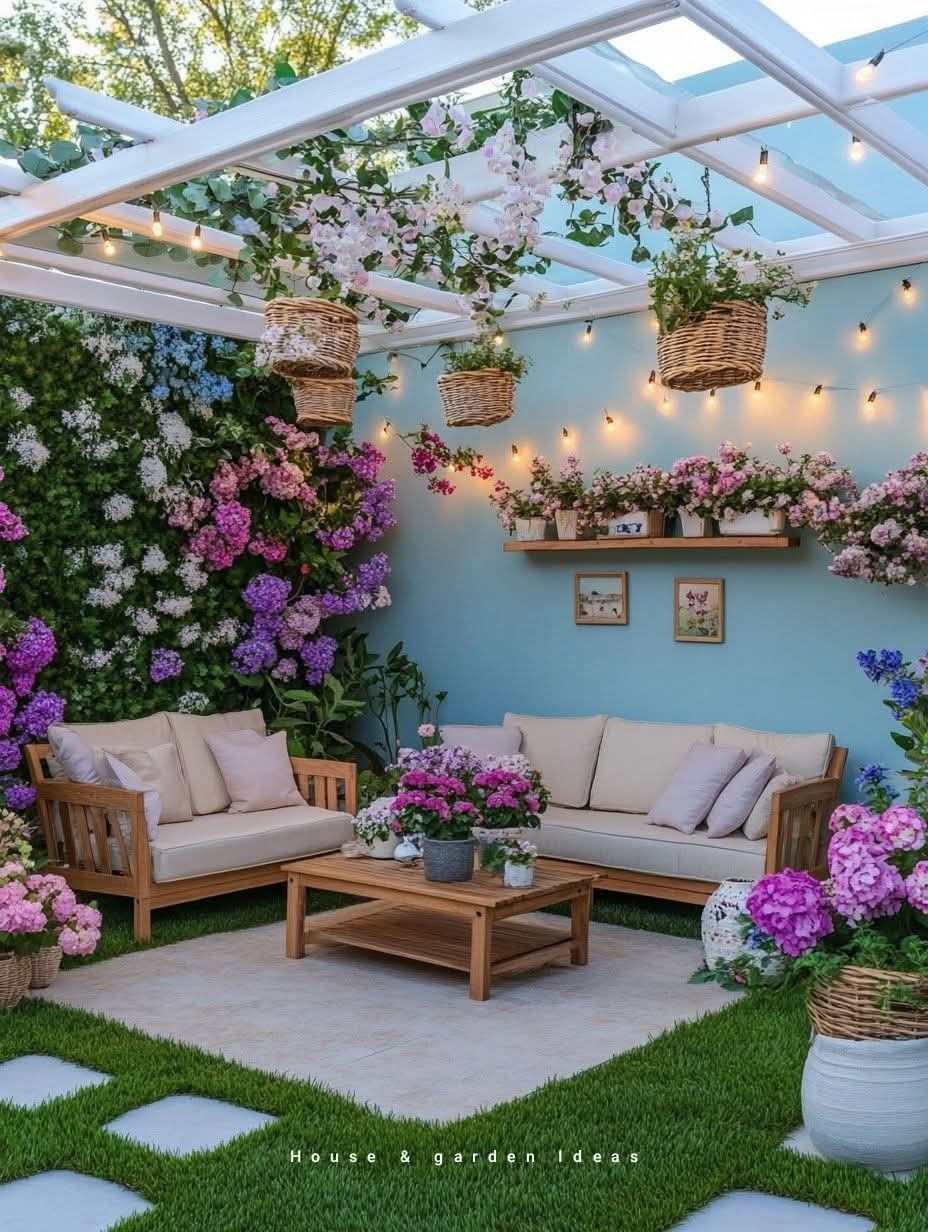
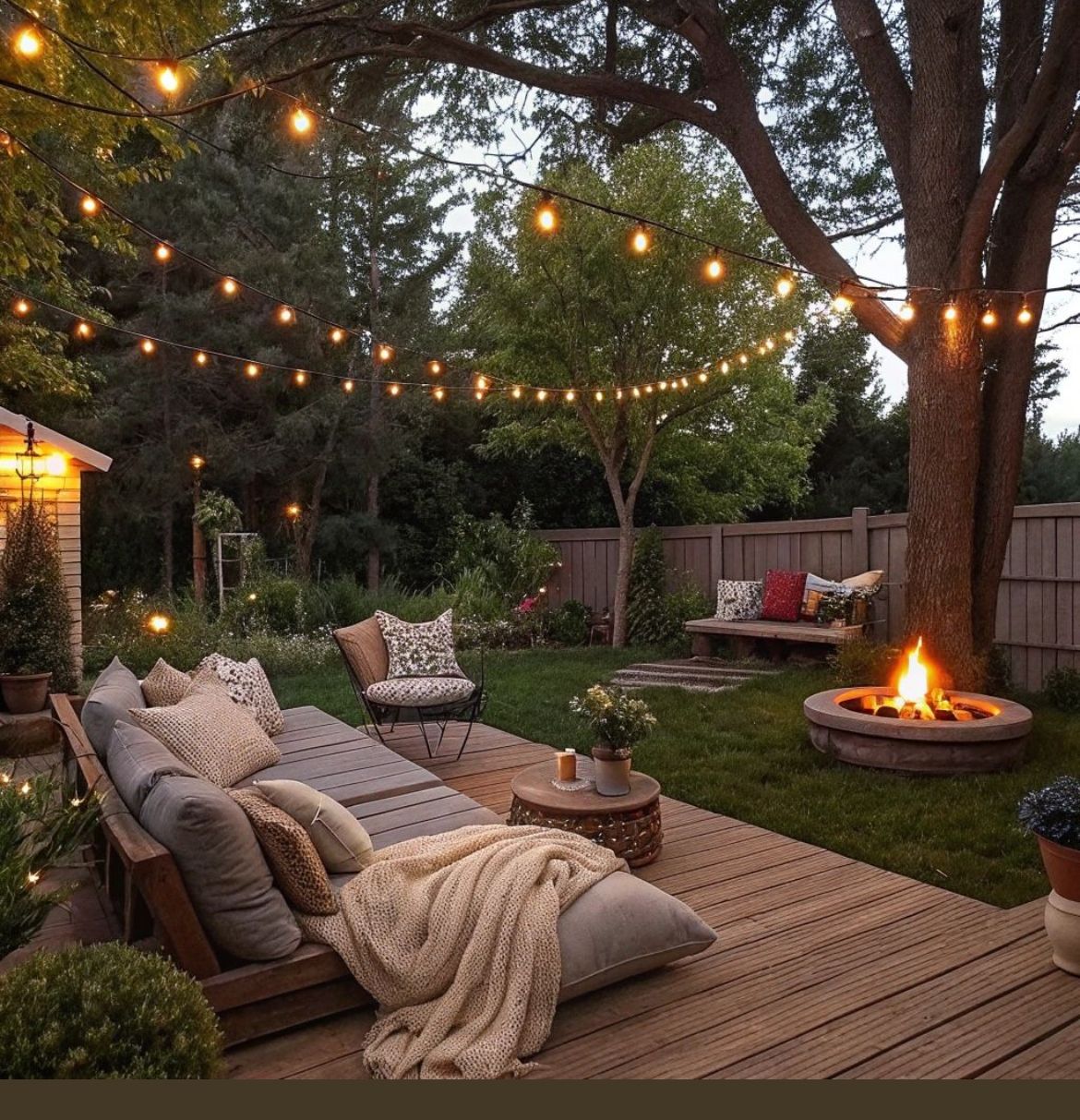
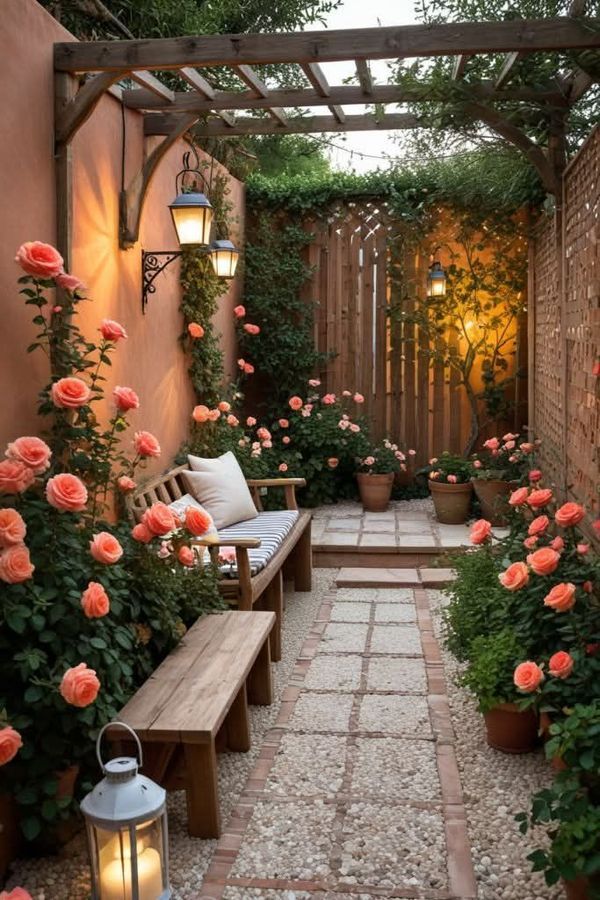
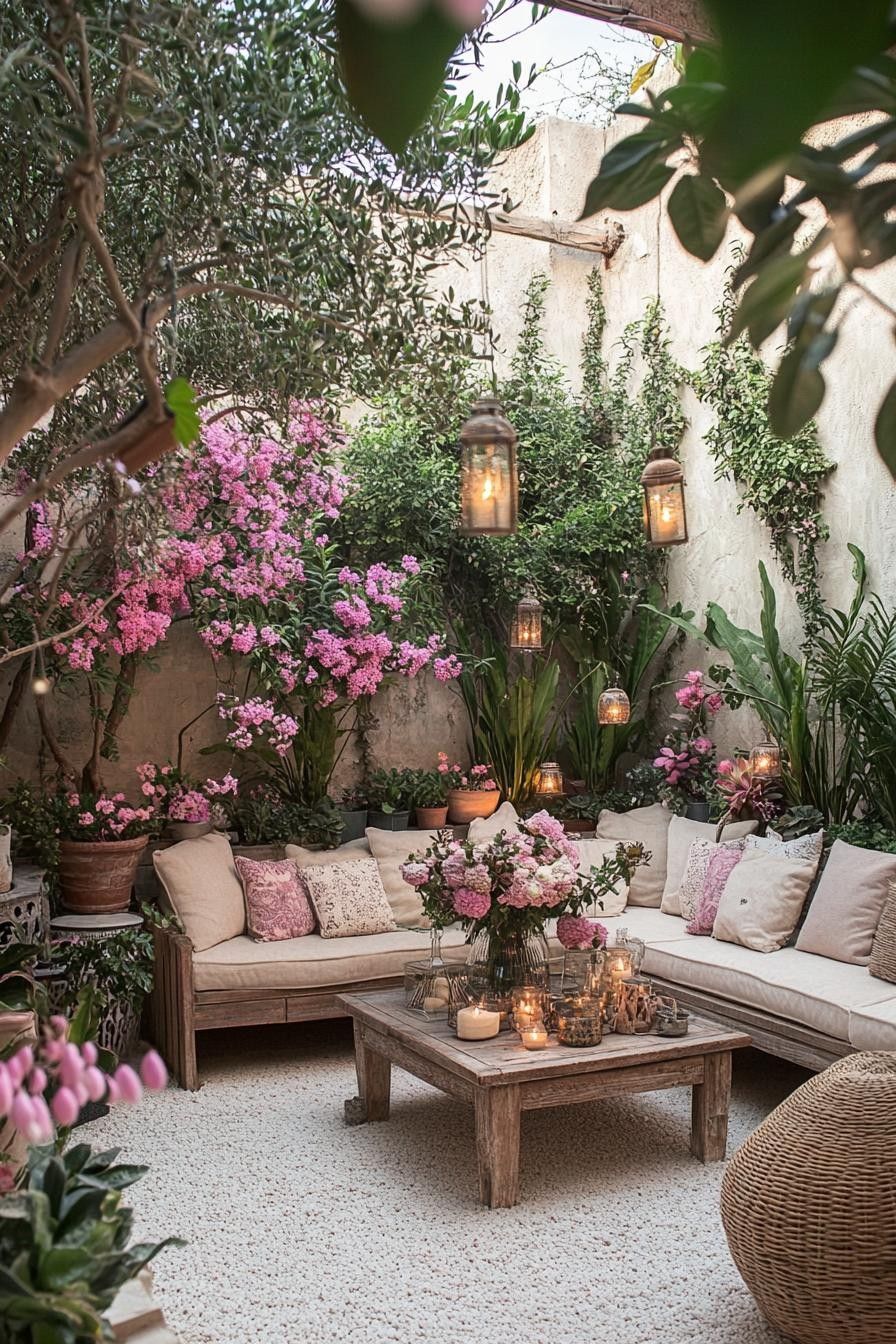
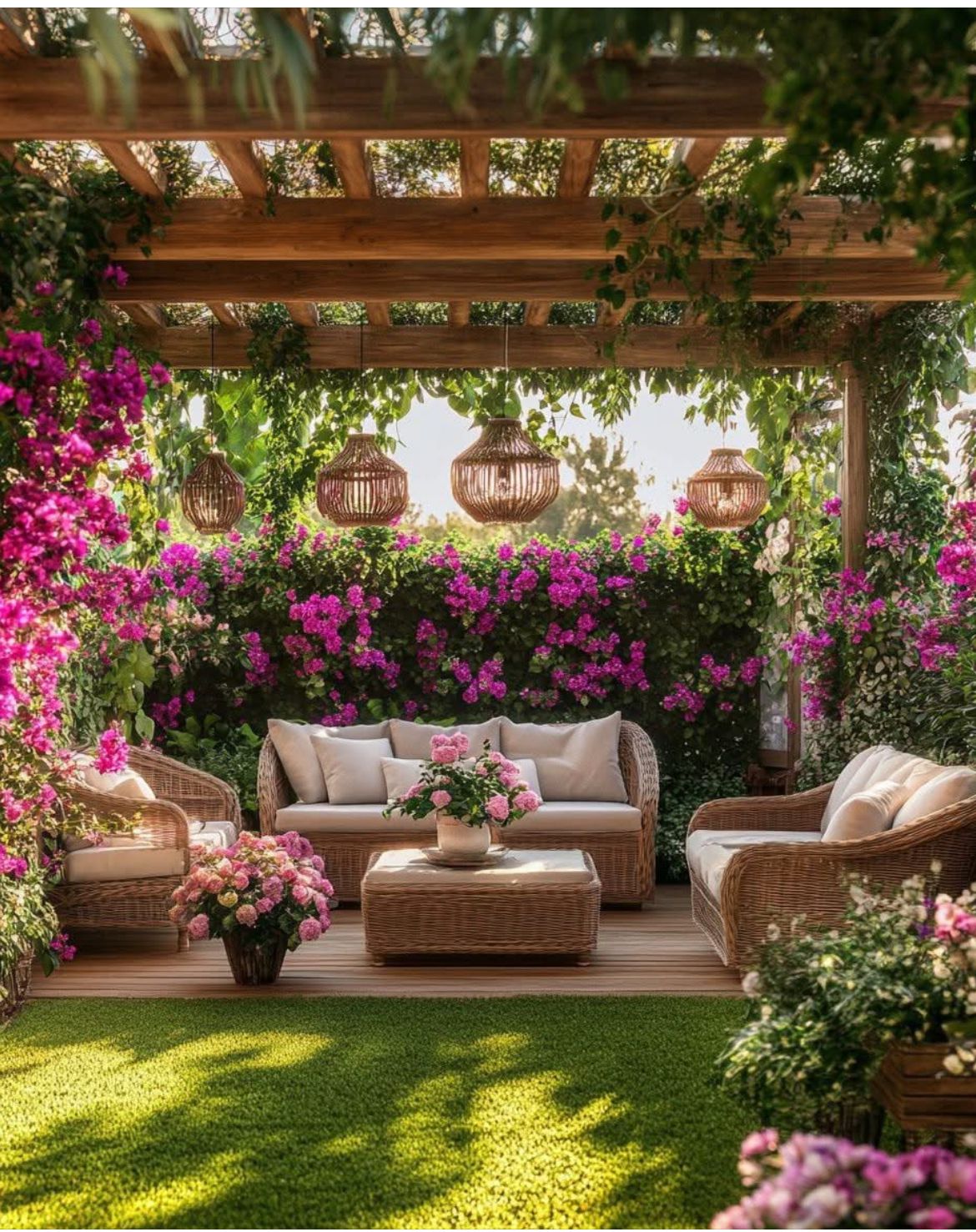

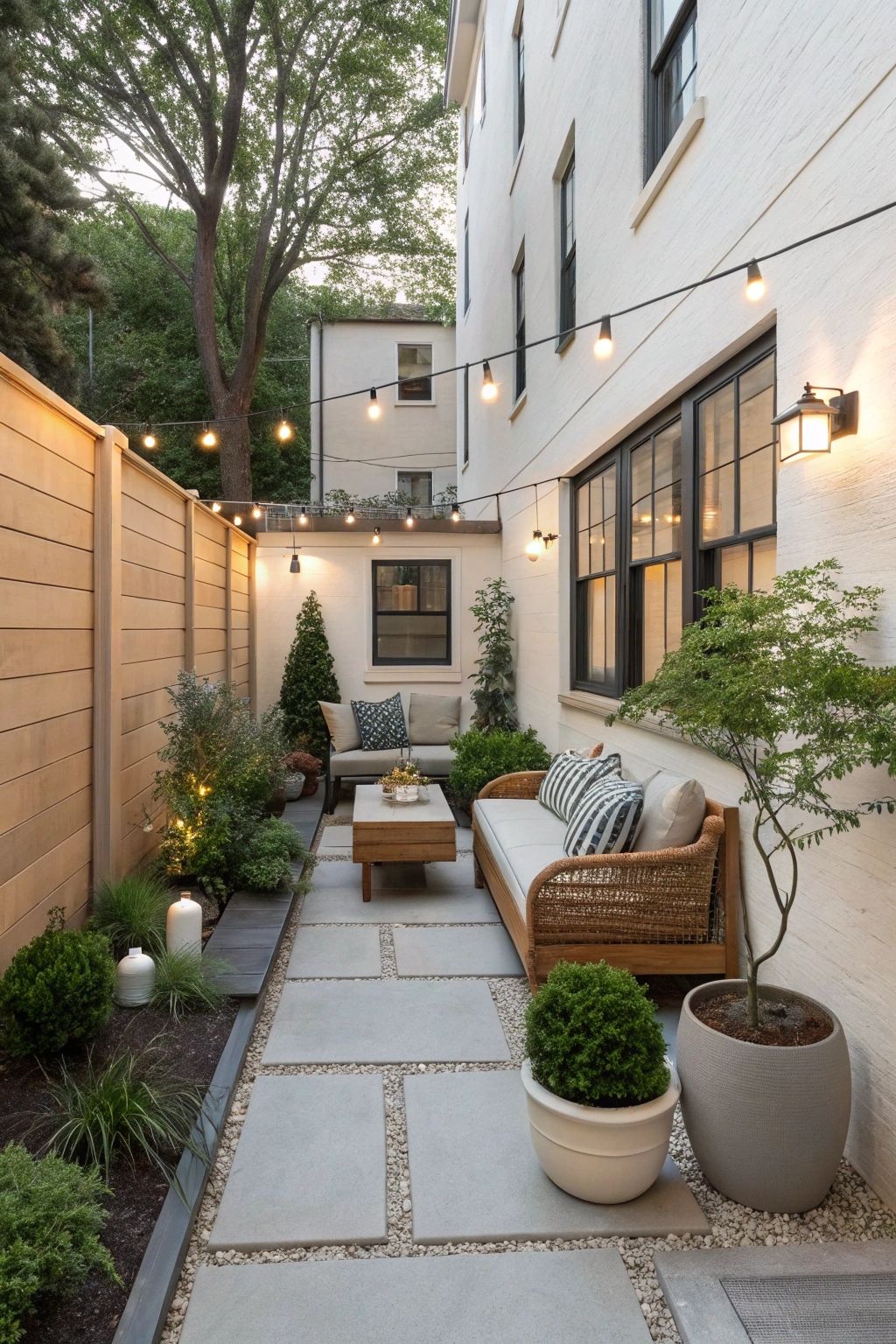

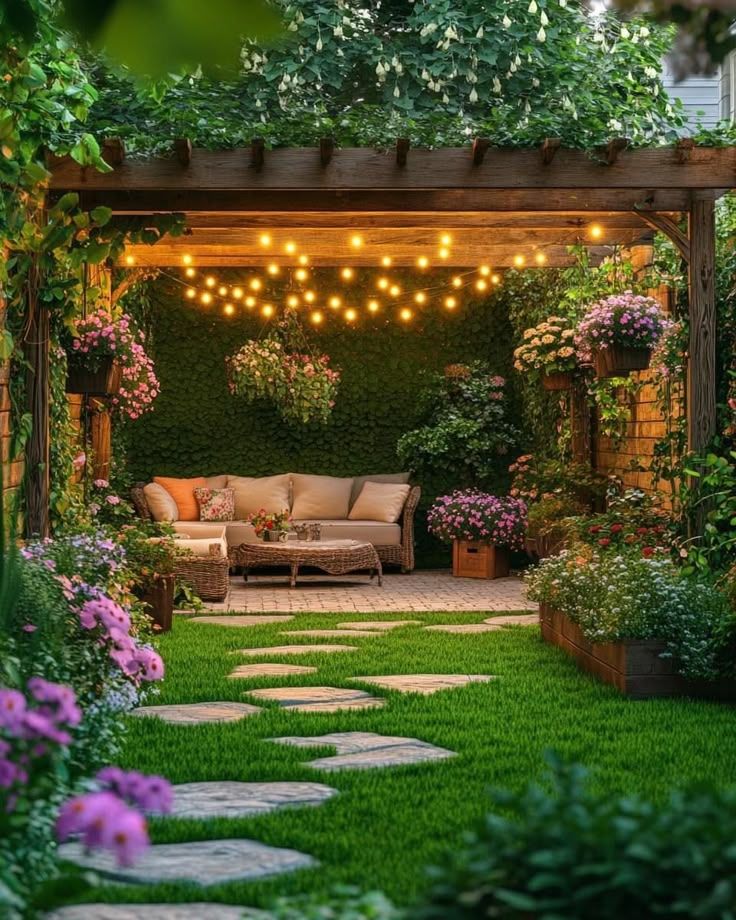
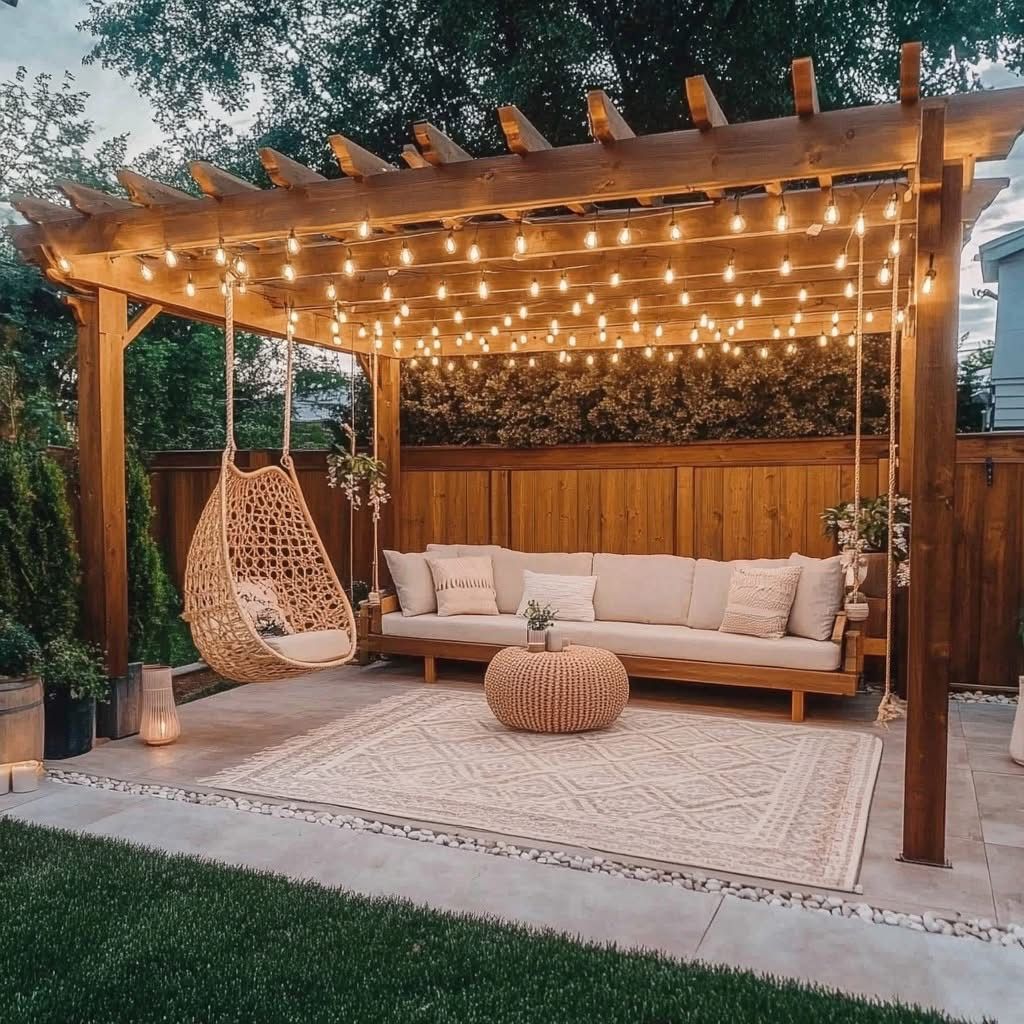
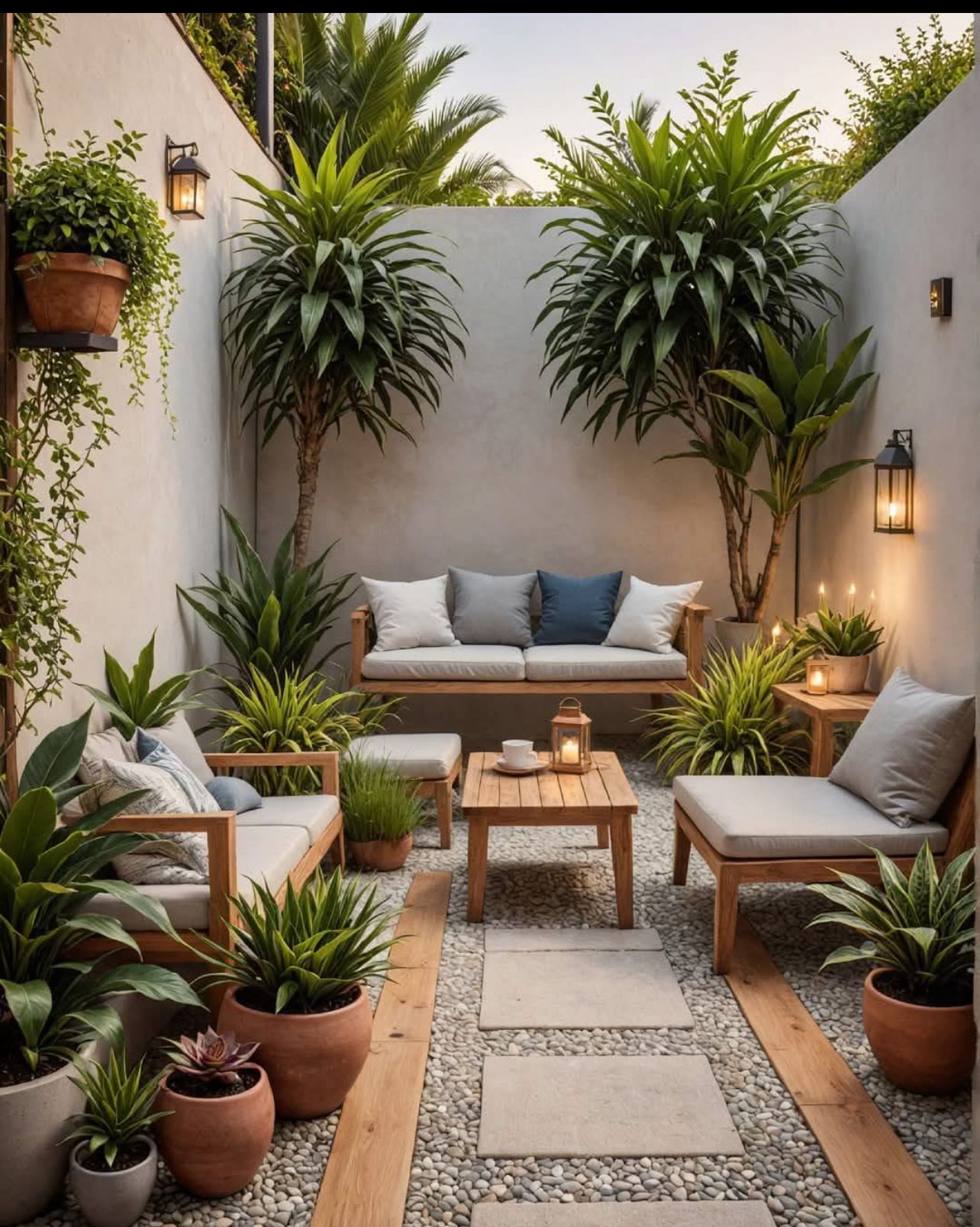
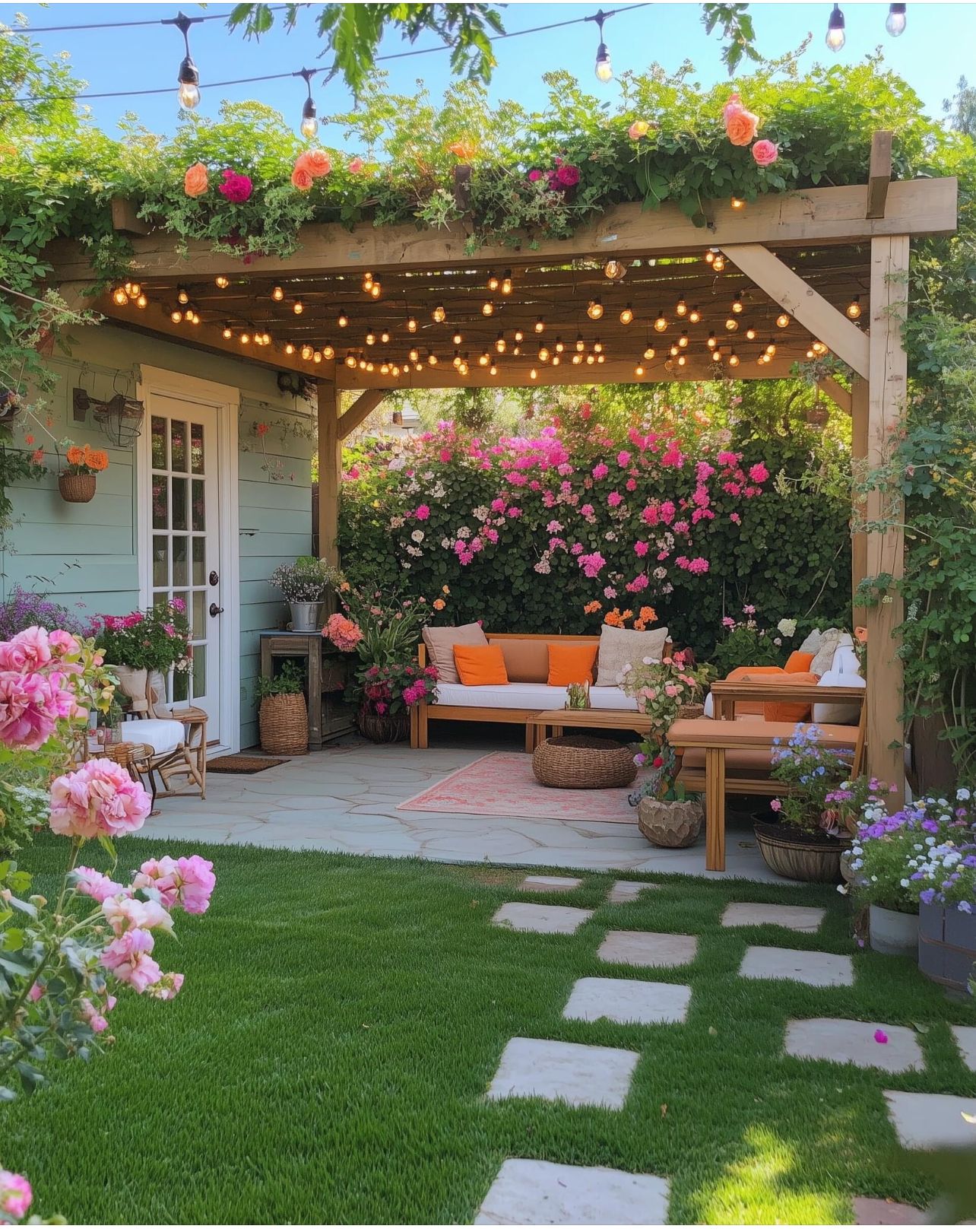
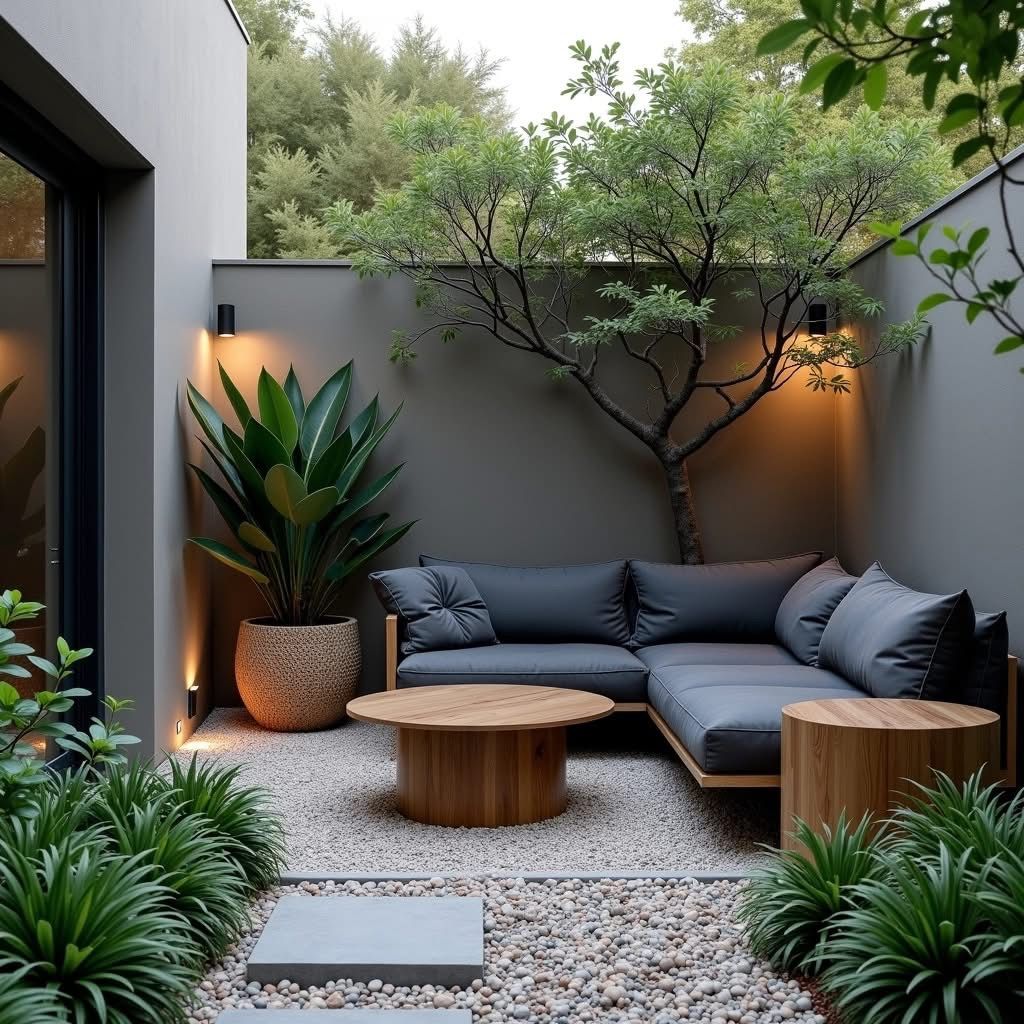
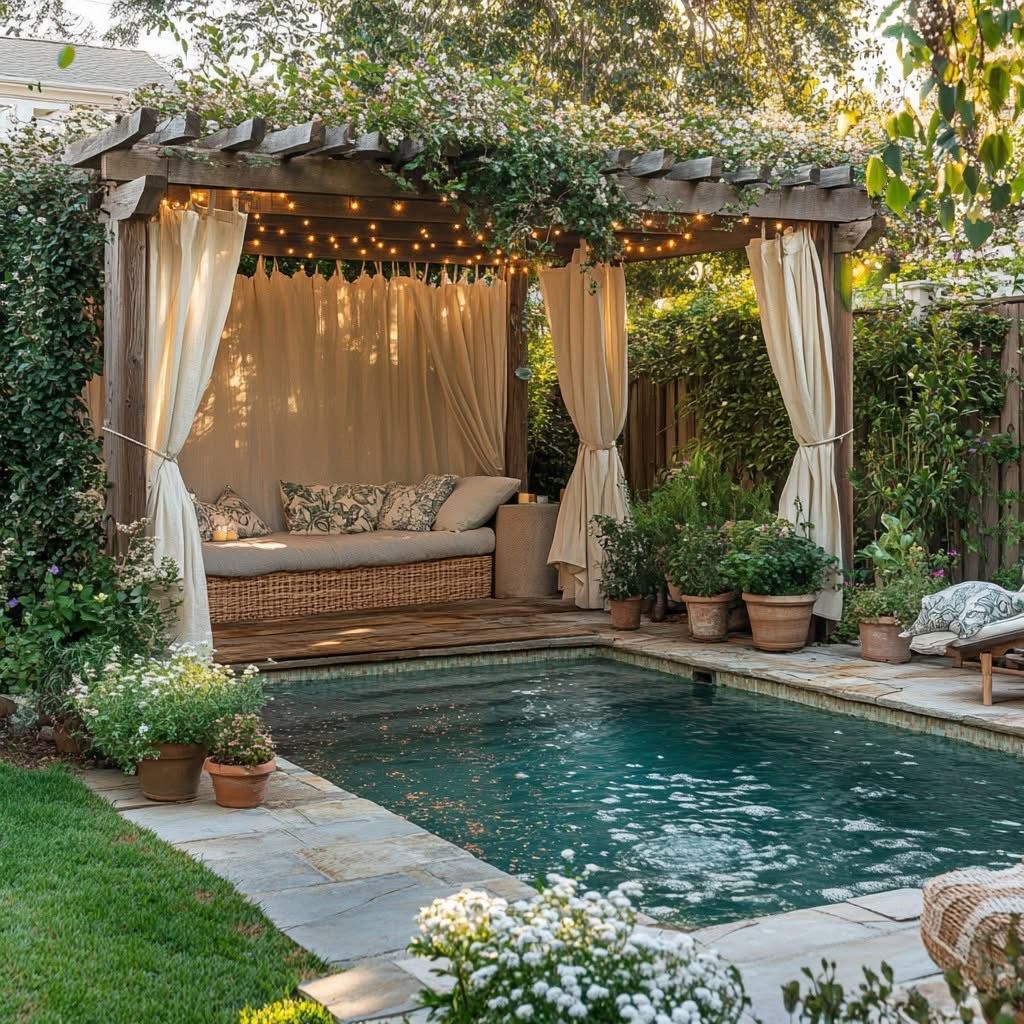
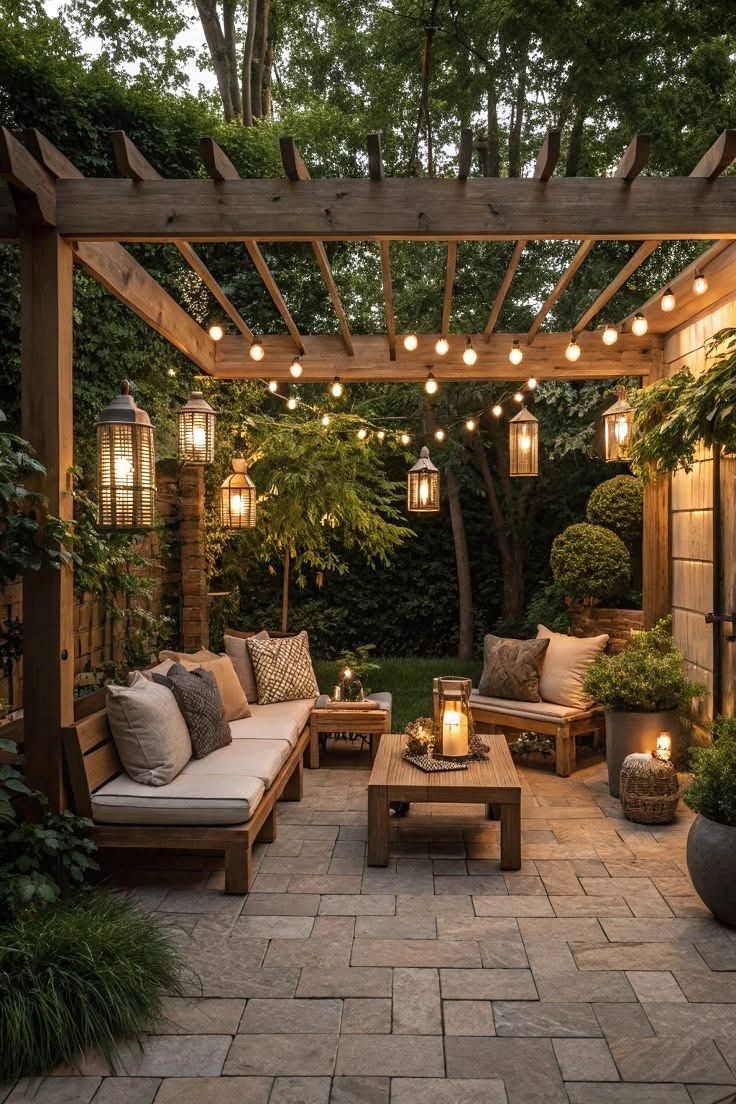
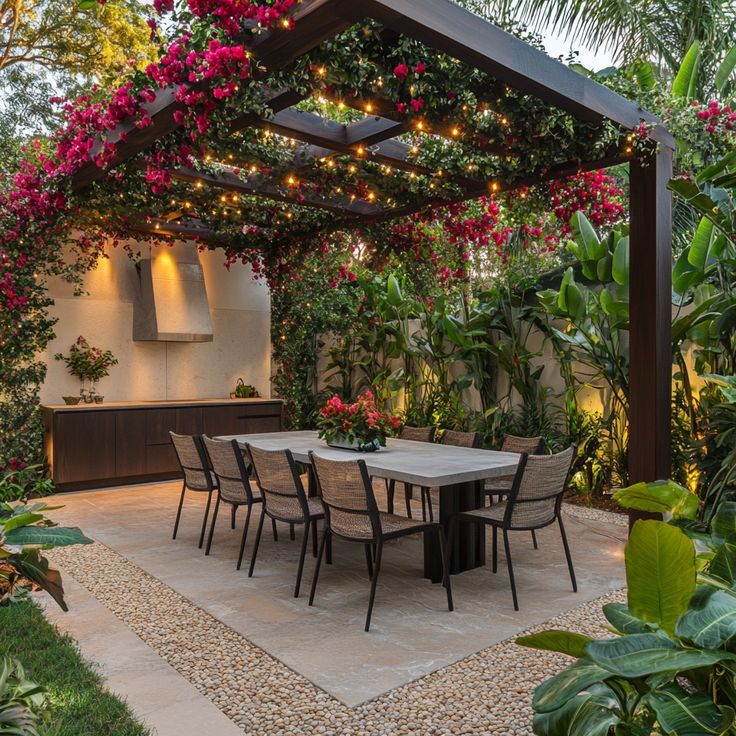
Mediterranean Garden Layout Ideas
Designing a Mediterranean garden isn’t about perfection—it’s about embracing natural forms, organic flow, and relaxed elegance. The layout should encourage movement and discovery while providing moments of stillness. Unlike more formal garden styles that rely on symmetry, Mediterranean gardens often use meandering paths and layered plantings to create a sense of exploration and visual depth.
Courtyard-Style Garden Designs
Courtyards are a staple of Mediterranean living, acting as extensions of the home and spaces for socializing or quiet reflection. Whether enclosed by stucco walls or shaded by overhanging vines, these intimate areas often center around a small fountain, fire pit, or seating arrangement. Potted plants, especially in terracotta or ceramic containers, add texture and mobility, allowing for flexible design changes throughout the seasons.
Sloped and Terrace Landscaping Tips
If you have a sloped yard or uneven terrain, Mediterranean garden design can be a natural fit. The use of terracing not only prevents erosion but also allows for distinct garden “zones.” Low retaining walls made of natural stone can double as seating, while cascading plants like trailing rosemary or thyme soften the edges and enhance the visual appeal.
Pathways, Borders, and Natural Stone Elements
Pathways in Mediterranean gardens often use gravel, flagstone, or decomposed granite. These materials complement the earthy palette and encourage water permeability. You can border paths with lavender, dwarf olives, or creeping thyme to subtly guide visitors and add sensory richness with scent and color. Natural stone walls and edging help reinforce the rustic character while keeping the garden organized and defined.
Outdoor Living Spaces in Mediterranean Gardens
One of the defining aspects of Mediterranean outdoor design is its seamless blend of indoor and outdoor living. In warm-weather regions, the garden becomes an everyday living space—somewhere to cook, dine, relax, and even nap. Designing these spaces to be both functional and atmospheric is key to achieving authenticity.
Designing a Mediterranean Patio or Pergola
Patios made from tumbled stone or baked clay tiles lend themselves beautifully to Mediterranean styling. Anchor your outdoor space with a pergola or arbor, ideally crafted from natural wood or wrought iron. These structures provide essential shade during hot afternoons while creating a framework for climbing plants like grapevines, bougainvillea, or wisteria.
Incorporating Rustic Furniture and Decor
Choose furniture made of wood, iron, or wicker with a weathered, vintage look. Think low-slung seating with linen cushions, ceramic-topped bistro tables, and lanterns or hanging lights for ambiance. Accessories like mosaic tabletops, pottery, and handwoven textiles help bring layers of texture and tradition into the space.
Creating Shade with Vines and Canopies
In Mediterranean gardens, shade is essential—not only for comfort but for maintaining a cool microclimate. Climbing plants trained over pergolas, trellises, or simple rope lines offer dappled shade and a romantic feel. Grape vines, passionflowers, and jasmine are particularly popular for their dual purpose: beauty and functionality.
Water Features and Focal Points
Mediterranean gardens often feature small, strategically placed water elements that bring both tranquility and visual interest. These additions don’t need to be large or complex—a modest wall fountain, a clay basin with floating flowers, or even a birdbath can make a meaningful impact.
Classic Fountains and Stone Basins
Stone fountains with simple, rounded designs evoke old-world charm and help mask ambient noise, transforming your garden into a peaceful escape. The sound of trickling water can also provide a cooling psychological effect, especially in hotter climates.
Mosaic Tiles and Garden Art
For a splash of color and heritage, incorporate hand-painted tiles into garden walls, steps, or tabletops. Decorative ceramic pots, statues, and wrought-iron details can also be used as artistic focal points, creating layered visual interest without overwhelming the natural setting.
Mediterranean Gardens on a Budget
You don’t need a large budget to achieve Mediterranean charm. With a bit of creativity and attention to materials, you can recreate the feel using cost-effective choices that still reflect the region’s character.
Affordable Materials with a Natural Look
Gravel is one of the most budget-friendly materials for ground cover and pathways. Reclaimed bricks, aged wood, and concrete pavers can substitute for more expensive stone while still delivering an authentic look. Terracotta pots—often available secondhand—offer classic styling without the high cost.
Simple DIY Projects That Add Charm
Try repurposing old wood for garden furniture or building a small herb wall with clay pots. Create mosaic stepping stones using broken tile pieces or glass. Even painting a feature wall in a warm earth tone can dramatically change the atmosphere of a compact garden.
Small Space Mediterranean Garden Ideas
Even if you don’t have a large yard, Mediterranean gardening can thrive in balconies, terraces, or narrow side yards. The key is to think vertically and use space wisely.
Balcony and Rooftop Concepts
Install vertical planters, hang potted herbs, and incorporate folding bistro furniture to make the most of limited space. Use lightweight, heat-tolerant plants like succulents, lavender, or dwarf citrus trees in pots. Add fabric canopies or curtains for shade and softness.
Container Gardening with Mediterranean Flair
Containers allow you to experiment with placement, scale, and style. Mix plant heights and textures—pair upright rosemary with trailing thyme, or set a compact olive tree alongside geraniums. Choose pots in earthy colors for a cohesive look that complements terracotta, stone, or wood backdrops.
Maintenance Tips for a Mediterranean Landscape
Maintaining a Mediterranean-style garden requires less work than you might think—especially if you’ve chosen drought-tolerant plants and efficient layouts. But a few smart practices can keep your garden healthy and beautiful all year long.
Seasonal Care and Pruning Practices
Many Mediterranean plants benefit from occasional pruning to encourage growth and maintain shape. Trim lavender after flowering, shape olive and citrus trees as needed, and deadhead flowers regularly to extend bloom times. Autumn is a good time to add compost or mulch to enrich the soil and protect plant roots.
Sustainable Irrigation and Soil Management
Drip irrigation systems are ideal for Mediterranean gardens, delivering water directly to the root zones while minimizing evaporation. Mulching helps retain moisture and suppress weeds. If your soil is heavy, improve drainage by mixing in sand or gravel, replicating the dry, well-aerated conditions Mediterranean plants prefer.